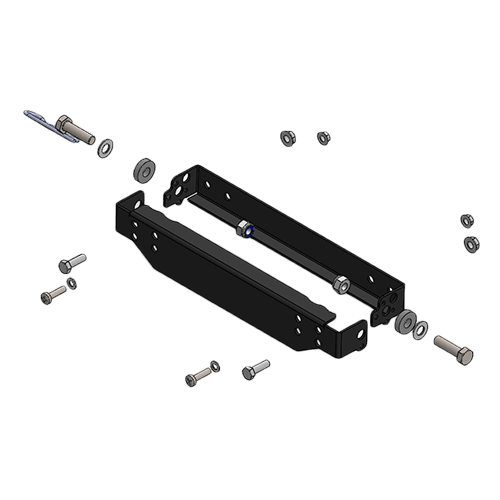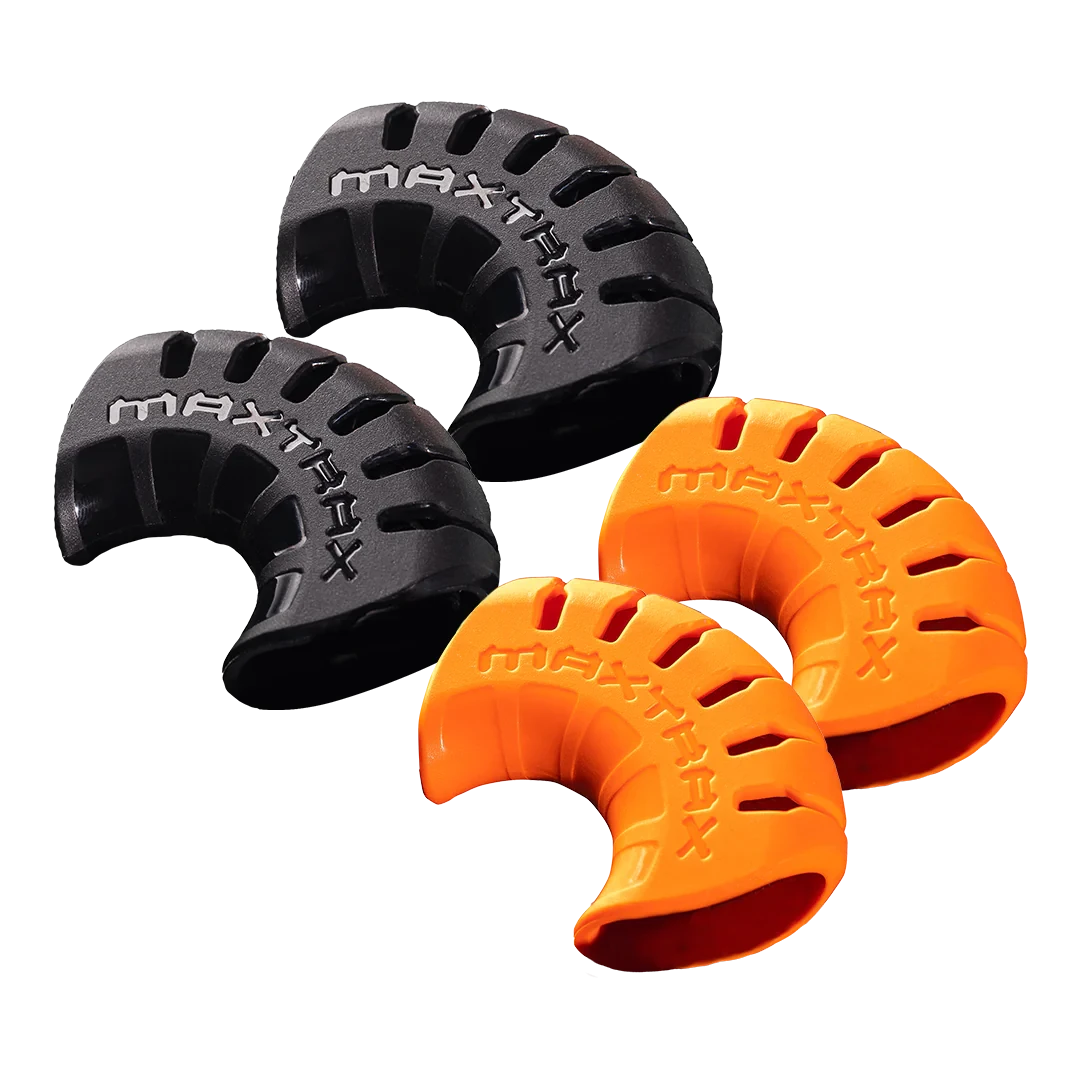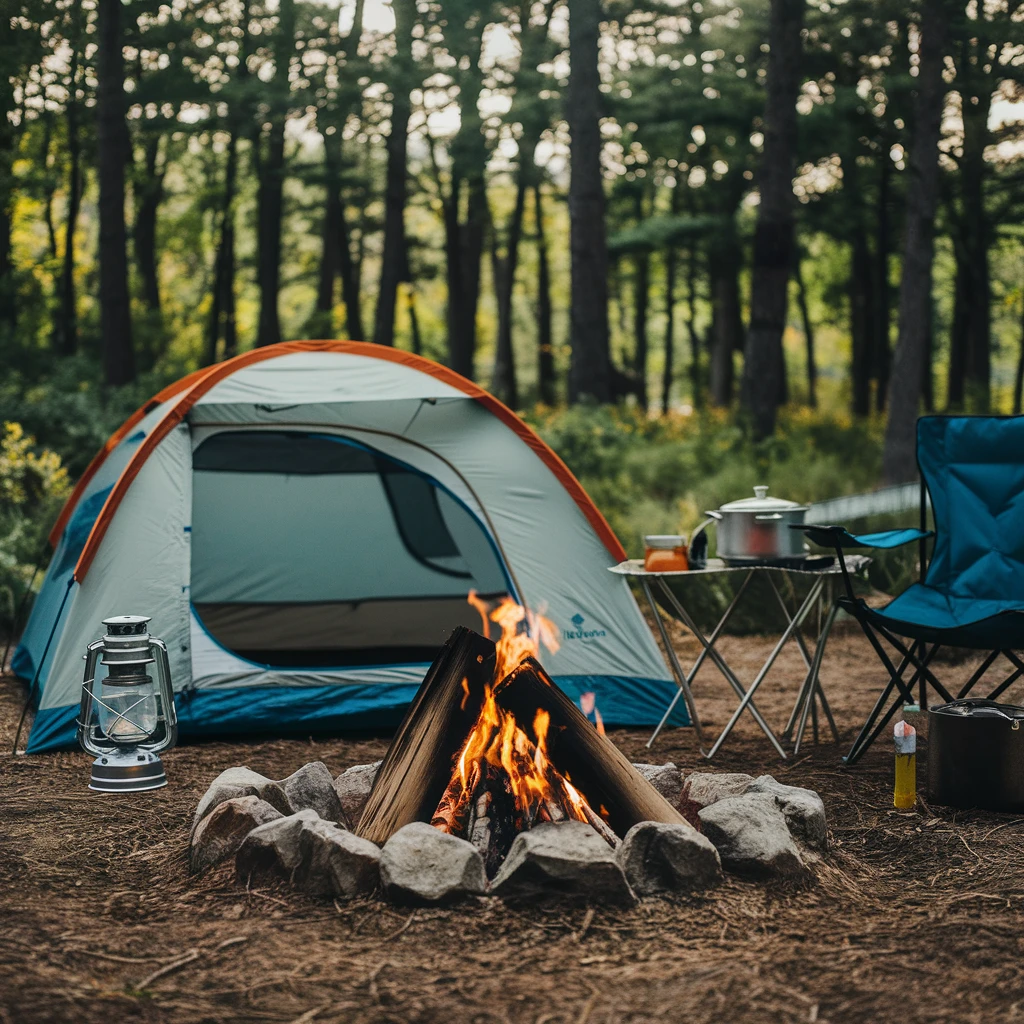Outback Survival Skills & Tips
We’re pretty sure all our readers are smart enough to know how tough the outback can be. Getting out into Australia’s massive landscapes is a lot of fun, but things can go wrong out there – and when they do you need some basic survival skills. Plenty of people have died out in the bush because they didn’t have the knowledge they needed to stay alive. On the other hand plenty more have managed to hang on until help arrived.
The first thing to do is reduce the chances of anything going wrong in the first place. That’s why we’re such nuts about keeping your vehicle maintained and preparing it properly before any long trips. There aren’t any guarantees though, and if you challenge the outback in your 4wd sometimes the outback’s going to win. That’s why we’re also huge fans of having all the right gear with you – and the skills to make the most of it.
So you’re touring the middle of nowhere and your vehicle’s broken. You’ve tried to fix it but no joy. What do you do next? The wrong answer is to get the map out, find the nearest town and start walking. Stay with your vehicle. If you stay where you are the chances are you’ll be rescued; leave the scene and the odds against you get a lot worse. Here’s why:
-
A vehicle is more conspicuous than a couple of people on foot. It’s big and it has lots of reflective bits that catch the light. From the air it can be seen from miles away. If you’re walking you’re a lot smaller and not as shiny – and during the day you’ll probably be resting out of the sun.
-
Your 4wd can carry more gear than you. Yes, it’s immobile, but can you carry all the supplies stashed inside it? Water’s heavy, and you’ll struggle to carry enough to last more than a couple of days. The same goes for food. Even stranded, your vehicle can hold everything you need to stay alive.
-
It gives you shelter. In hot weather stay out of the vehicle during the day, because it will be roasting inside. Set up your awning – or, even better, shelter under a tarp a short distance away to avoid any reflected sunlight. You’ll be grateful for the shelter – and the retained heat – at night though.
-
The electronics should be usable. If you’re heading out into the real wild areas you should always have a satellite phone with you. A CB radio is a good idea, too. Your vehicle’s batteries will let you keep running the built-in electronics for a while, as well as charging hand-held devices.
Learn how to find water, too. Even in the driest places there’s usually some to be found. Dry river beds often aren’t dry if you dig down a little bit. Trees and bushes growing in apparently parched ground usually mean there’s water not far below the surface, too. Learn how to dig a solar still. Almost all ground - even in a desert – has some moisture in it. If you dig a pit, put a cup in the middle then cover it with a plastic sheet the sunlight will evaporate that moisture out. Then it will condense on the plastic. Place a small stone on it just over the cup so the water will run down and drip into the cup. You can also use a solar still to purify dirty water or even urine. Just let it soak into the bottom of the pit, set up the cup and sheet, and away you go. What collects in the cup will be pure, clean water.
Best of all, get yourself a water filter system. There’s a wide range of these, and a good one will let you turn just about any water source into fresh drinking water. We can’t stress enough how important water is. You’ll need at least two litres a day – and if you’re going to be active at all that goes up to five. Always carry more water than you think you’re going to need, and never miss a chance to refill your containers.
Your 4wd is built to survive in the outback, but it can help you survive too. When you’re stuck out there you’ll be a lot better off with a well-equipped vehicle and its cargo of food and water to rely on – even if it’s not mobile. Get it properly kitted out and know how to use what’s on board, and you’re ready for pretty much anything.







